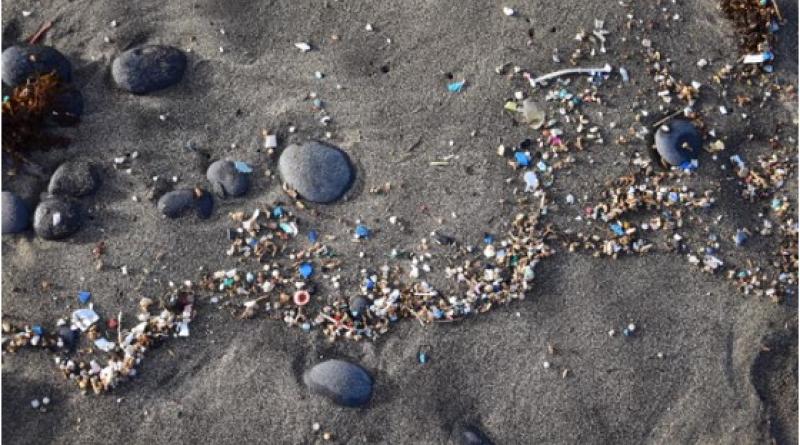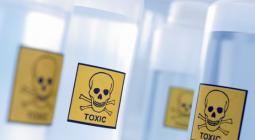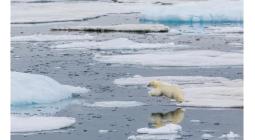EU to crack down further on microplastics after glitter ban

The European Commission aims to cut plastic pellet pollution by 74% by the end of the decade
The EU has announced further plans to crack down on microplastics after its ban on glitter came into force.
The proposal, which tackles tiny pellets used in nearly all plastic products, aims to cut plastic pellet pollution by 74% by the end of the decade. Overall, it would lead to a 7% reduction in Europe’s microplastic pollution, according to the European Commission.
“The most important thing is to cut pollution at the source,” said Virginijus Sinkevičius, EU commissioner for the environment, oceans and fisheries, in an interview with the Guardian. “What we are looking to do is basically ensure we drastically cut, at the source, pollution of microplastics.”
Tiny, durable pellets of plastic – also known as nurdles or nibs – are melted down and reformed into everyday products, from office chairs to water bottles. But they leak into the environment at every stage of the supply chain.
Over time, they break down into microplastics that are eaten and drunk by people and animals. The commission estimates between 52,000 and 184,000 tons of plastic pellets are released into the environment in the EU each year.
Dana Kühnel, from the Helmholtz-Centre for Environmental Research, said: “Preventing plastic release is much more effective than managing microplastics.”
As part of its push to cut microplastic pollution 30% by 2030, the commission wants operators who handle pellets to take precautions that keep them from harming nature. In order of importance, it wants them to prevent spills, contain spills that do happen, and clean up after spills that are not contained.
The proposal includes best handling practices for operators and mandatory certifications from an independent third party. But smaller operators will simply be allowed to “self declare” that they have complied with the rules.
“There are lighter requirements for small and medium-sized enterprises to reduce the economic burden,” said Sinkevičius.
On Sunday a separate ban on some products that contain microplastics, like glitter and other cosmetics, came into force. The move caused panic among influencers and led to an increase in sales in Germany.
Scientists and doctors have long warned that the rising tide of microplastics could hurt human health as they pile up in the body. Plastic pellets are not small enough to cause much damage to people in their original form but break down into tiny pieces that can pass into the lungs and bloodstream.
Eleonore Fröhlich, from the Medical University of Graz, said: “Great parts of the respiratory tract are covered with a thin layer of cells and only little mucus, which makes this barrier more permeable and vulnerable than the gastrointestinal tract and the skin.
“In this respect, the regulation will be more effective than the ban on intentionally added microplastic to consumer products that mainly contact the skin – which is a protective and less permeable barrier of the human body.”
The proposal will now be discussed by the European parliament and council.
Global microplastic pollution is set to double by 2040 if no action is taken, according to a report from the nonprofit Pew Charitable Trusts.
Siegfried Schmuck, who works on ocean conservation for Pew, said: “Industry best practice measures already exist but they have been voluntary for more than three decades with little uptake.
“The EU Commission’s proposal means we now have the chance to hold industry accountable by making these mandatory – and effectively reduce the third-largest source of microplastic pollution in the EU.”
Photograph: Susanne Fritzsche/Alamy - Plastics are melted down and reformed into everyday products but leak into the environment at every stage of the supply chain.






